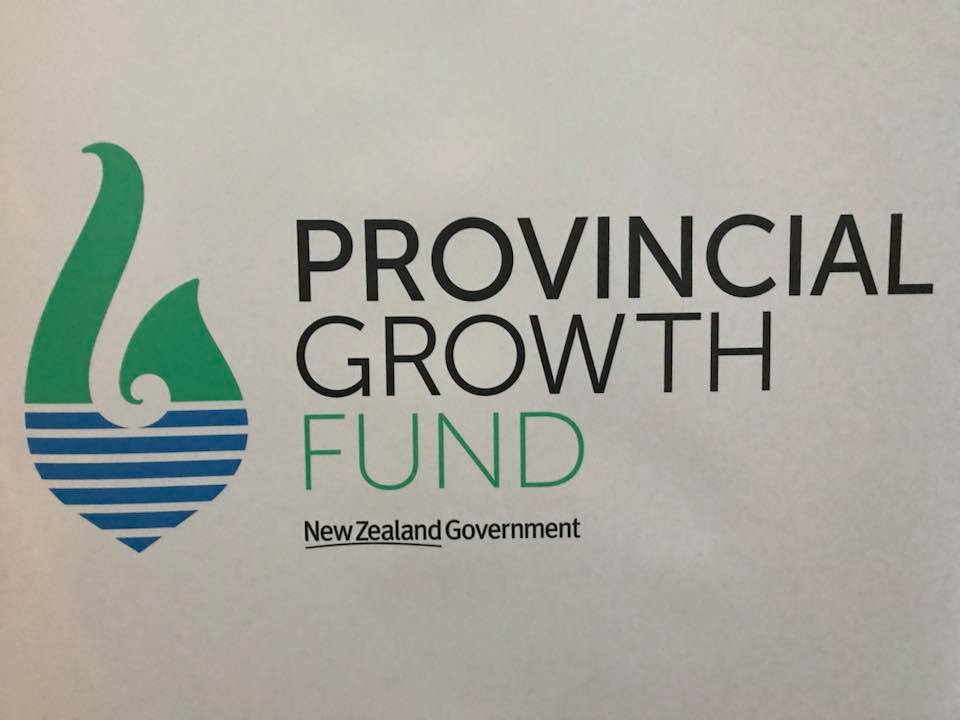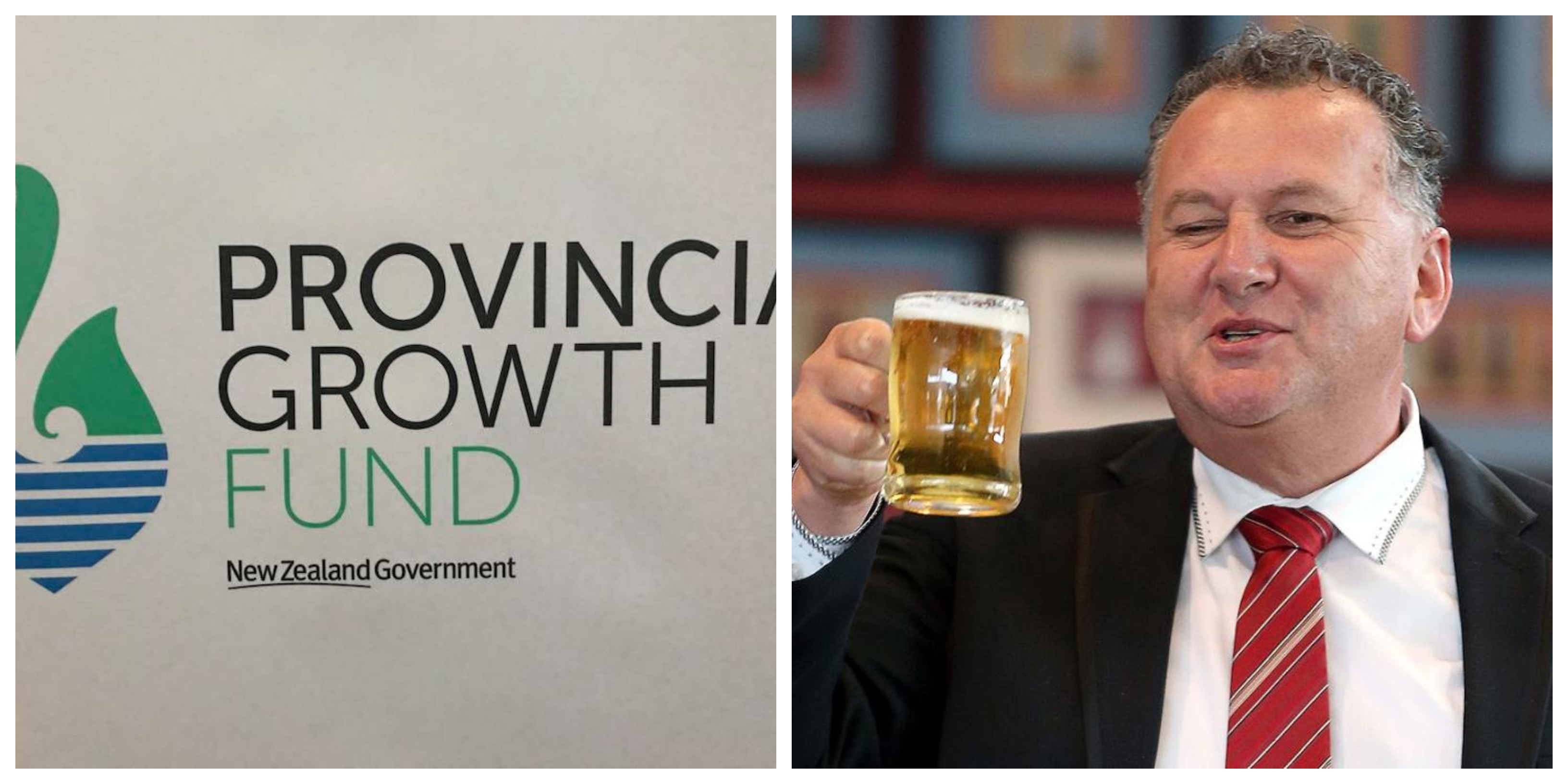One of New Zealand First’s most salient concessions won in their Coalition Agreement with the Labour Party is the establishment of the Provincial Growth Fund (PGF) – a $1 billion per year fund allocated to invest in projects that would spur economic growth in regional New Zealand.
Despite its good intentions, and the dire necessity of the regions for assistance from the central government, the initiative was widely derided by the Opposition – the National Party and David Seymour MP – as well as by their acolytes.

The chief accusation from these entities was that the PGF was simply “pork barrel politics”, a desperate ploy to save NZ First’s re-election hopes. The right-wing think tank, New Zealand Taxpayers’ Union (NZTU), were among its most vocal critics and dismissed it as “corporate welfare” – despite most of the funds being funneled into the local councils rather than private businesses.
Seymour, the MP from Epsom, linked the PGF to “corruption” and slammed the fund for “throwing money where banks and investors won’t” – even though the funding is intended to help regional communities that experts have long lamented to be grossly neglected.
Quickly, the libertarian politician faced backlash from the very communities who have been helped by the PGF. A Whangarei-based group, the Kawakawa Hundertwasser Park Charitable Trust, defended the $2.4 million grant it received from the Government for a community project.

The trust won funding for a cultural-tourism project dubbed, “Te Hononga” (“the joining of cultures), an rammed-earth building that will also feature a public library, council service centre, art gallery, i-Site, public toilets and showers.
Aside from investments to bolster tourism the PGF has notably provided grants for passenger rail service to boost regional connectivity, investment to help NZ exporters and add value to their exports and in reviving the country’s once-great forestry sector.
NZ First MP and Minister for Regional Economic Development Shane Jones was designated as the curator for the $1 billion-a-year fund, and immediately after the announcement of the funding availability he was inundated with requests from regional mayors and councils who craved for such a cash boost.
The desperation felt by those provincial local body officials for financial assistance just shows how much New Zealanders from outside the “Big 3” (Auckland, Wellington, Christchurch) have languished in neglect. And yet, individuals like Seymour continuously dismiss the PGF as merely “pork-barrel politics”.

Those criticism were fairly dismissed by the Infometrics Quarterly Economic Monitor report released late last year, which showed that regional NZ was finally outpacing the Big 3 in terms of economic growth. Standout performers included Hawke’s Bay, Manawatu-Wanganui and Nelson-Tasman, whose respective GDPs outgrew that of Auckland, Wellington and Christchurch.
As early as February 2018, Jones already announced that the initial lot of funding of the PGF was already predicted to generate 700-800 jobs – and that is just the first phase of funding. The NZ Council of Trade Unions (NZCTU) has also praised the initiative, citing its potential to create “good jobs” that were “future-proof”.
The PGF has exceeded expectations of observers, and has defiantly proved critics wrong, that even the National Party – who were often skeptical about the viability of the fund – have revealed that if they return to Government they will not scrap the regional assistance initiative.
Based on the fund’s popularity among regional councils and the robust economic figures it has undoubtedly helped achieve, it can safely be said that the PGF is demonstrating exactly the potential it has to transform our regional communities – once dubbed “zombie towns” by an economist.
The project still has a minimum of two years left, before the 2020 elections where its future will be determined by NZ First’s ability to remain in power. But by what it has shown so far, there is a good case to be made to not only retain but even expand the PGF even further.

